Writing Awesome Tutorials
If you love reading tutorials, why not write one of your own?
Instructions
Of course, tutorials are not just for jewelry making, they apply to pretty much every craft. Think of a tutorial as a recipe.
Ingredients [materials],
Mixing spoons, bowls, baking pans [tools and supplies] and
Detailed instructions to make that soufflé [pendant] come out perfectly.
I love to bake rustic bread, and I have been doing to so long that I no longer need the recipe, but if I were to make a soufflé, I would need the recipe for step by step instructions.
Start by choosing a technique/piece that you are proficient at and have made more than one time.
Make a list of ingredients [materials] and tools and supplies, make sure they are common and easy to find.
To begin to write the recipe [tutorial instructions], put your mind in basic mode. By basic mode, you need to write to make sure that a person who has never made something like your project or technique understands. They may not necessarily be a beginner, they may have not tried this type of project or used the tools and materials you use. Consider yourself a beginner, and ask yourself questions that your readers may ask. Keep the instructions as detailed as possible, without being overly wordy. Refrain from using 'your' when you refer to a tool or material. Substitute 'the' in place of 'your'. For instance:
1. Using your {use 'the' instead}, round nose pliers, make a loop in the end of the wire....
If you are taking process photos, use good lighting. Make sure they are clear and in focus. Try to avoid your hands in the shots unless it is necessary to the step. And keep your backgrounds plain.
If you are sending your tutorial to an editor, make sure your process photos are properly labeled and match with the steps in your tutorial.
Using the above as a basic guide, you are now ready to write!
Ingredients [materials],
Mixing spoons, bowls, baking pans [tools and supplies] and
Detailed instructions to make that soufflé [pendant] come out perfectly.
I love to bake rustic bread, and I have been doing to so long that I no longer need the recipe, but if I were to make a soufflé, I would need the recipe for step by step instructions.
Start by choosing a technique/piece that you are proficient at and have made more than one time.
Make a list of ingredients [materials] and tools and supplies, make sure they are common and easy to find.
To begin to write the recipe [tutorial instructions], put your mind in basic mode. By basic mode, you need to write to make sure that a person who has never made something like your project or technique understands. They may not necessarily be a beginner, they may have not tried this type of project or used the tools and materials you use. Consider yourself a beginner, and ask yourself questions that your readers may ask. Keep the instructions as detailed as possible, without being overly wordy. Refrain from using 'your' when you refer to a tool or material. Substitute 'the' in place of 'your'. For instance:
1. Using your {use 'the' instead}, round nose pliers, make a loop in the end of the wire....
If you are taking process photos, use good lighting. Make sure they are clear and in focus. Try to avoid your hands in the shots unless it is necessary to the step. And keep your backgrounds plain.
If you are sending your tutorial to an editor, make sure your process photos are properly labeled and match with the steps in your tutorial.
Using the above as a basic guide, you are now ready to write!
Materials

20 Gauge Round Dead Soft .925 Sterling Silver Wire
H8-20D
- Lesson Quantity: 5.00 feet
- Purchase Quantity: 1.00 5FT
- Price: $16.92
- Gold Club Price: $12.69
Tools

WireJewelry - Ultimate Wire-Pliers Jewelry Pliers with Case, Set of 5
G15-20
- G15-20
- Lesson Quantity: 1.00 pieces
- Purchase Quantity: 1.00 each
- Price: $170.72
- Gold Club Price: $128.04
- Category: General Education
- Technique(s): Teaching









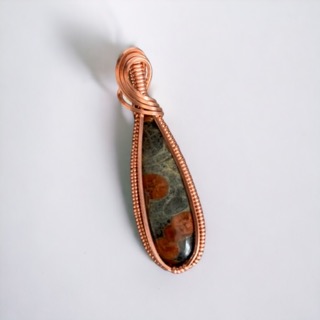
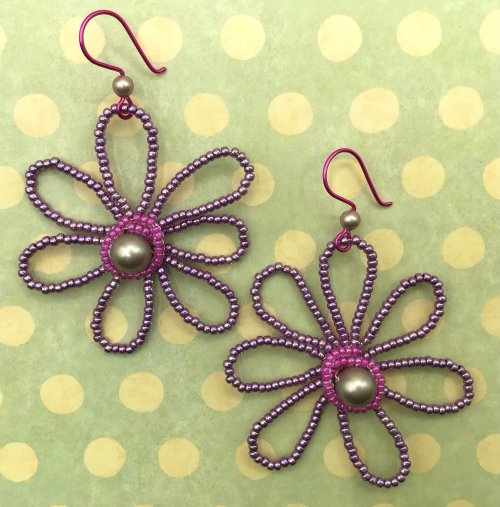
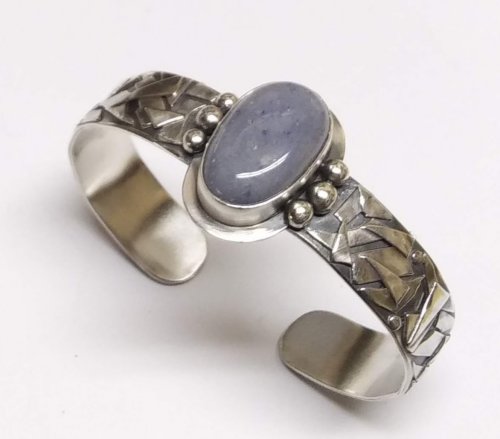

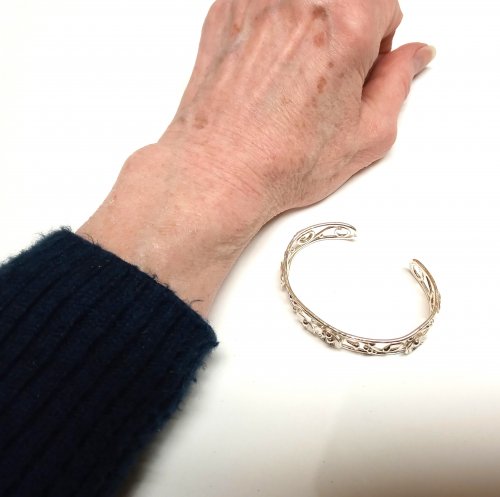
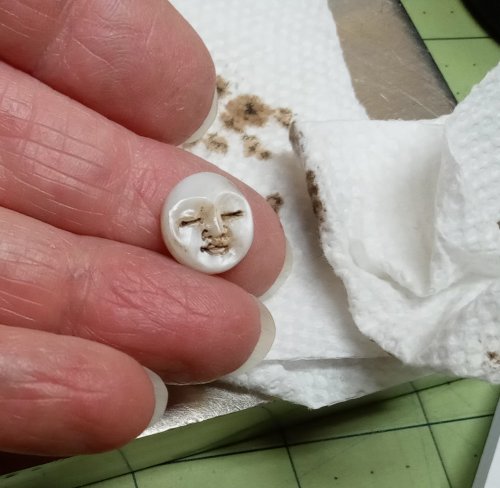
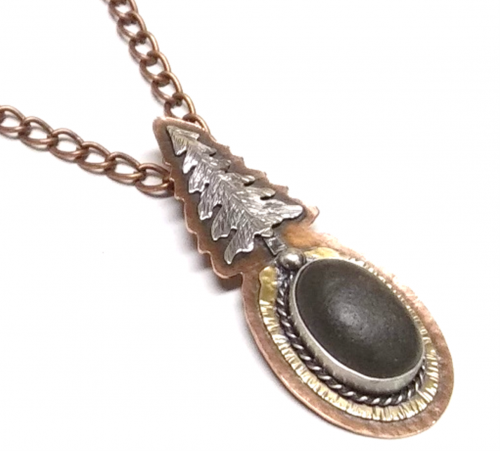
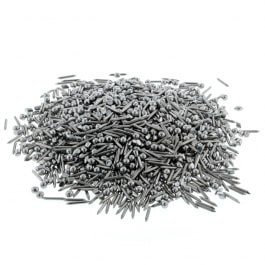

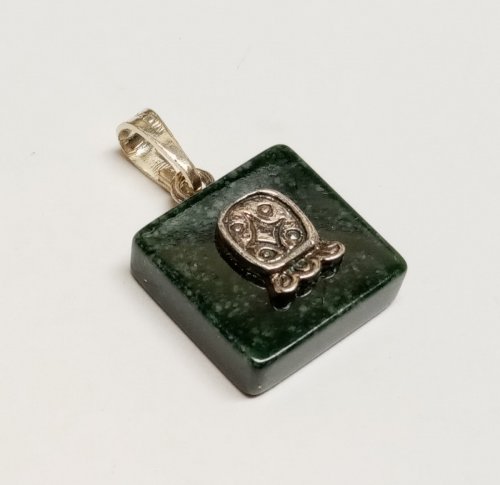
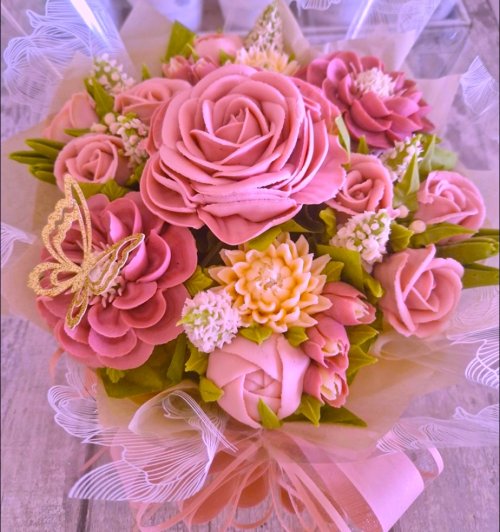
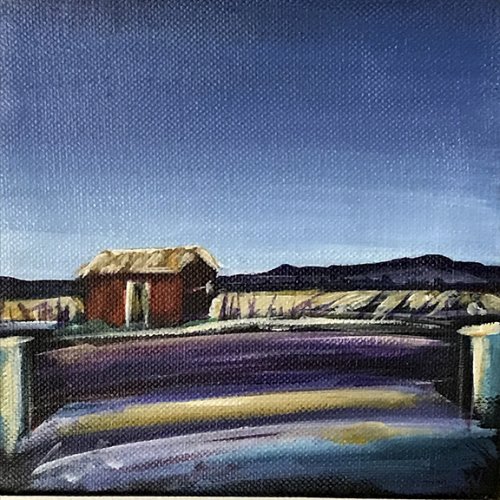

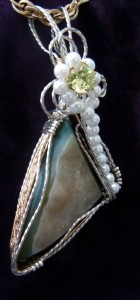
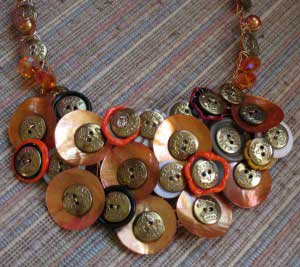
 The Indispensable Paper Pattern
The Indispensable Paper Pattern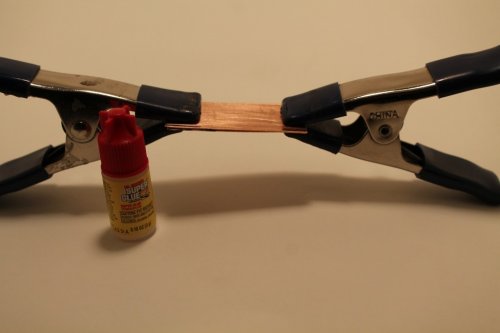 Sawing Symmetrical Shapes
Sawing Symmetrical Shapes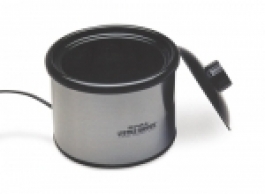 A Safer Pickle Pot
A Safer Pickle Pot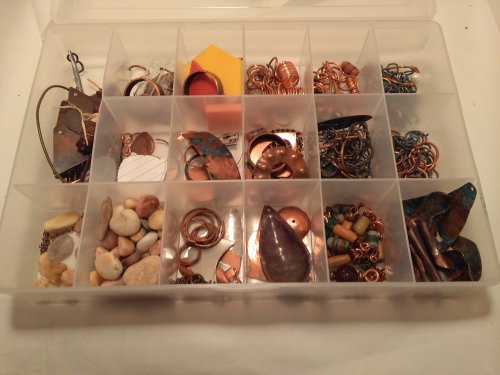 Don't Toss that Jump Ring.
Don't Toss that Jump Ring.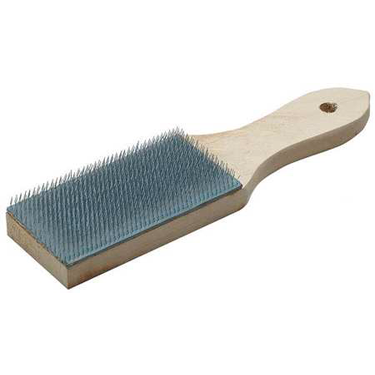 Keep Your Files in Tip Top Shape
Keep Your Files in Tip Top Shape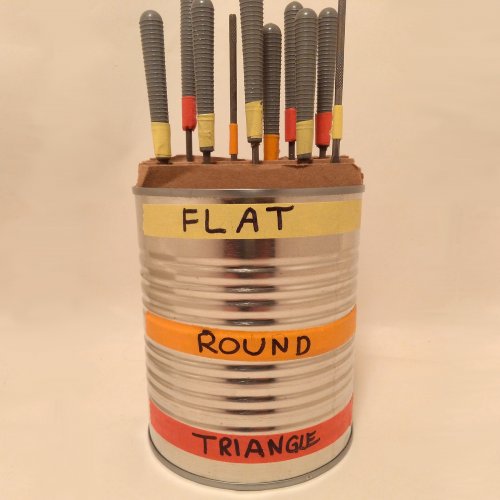 Storage Tip for Your Metal Files
Storage Tip for Your Metal Files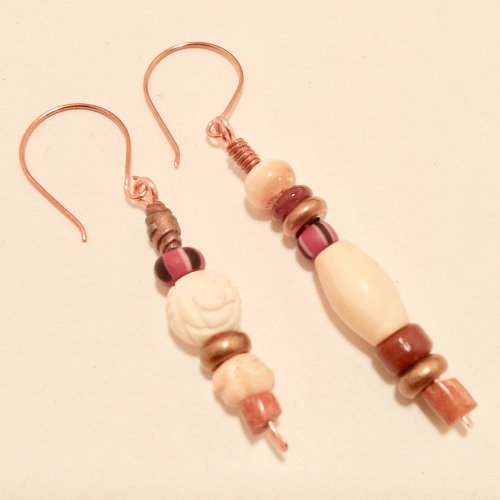 Working with Asymmetry
Working with Asymmetry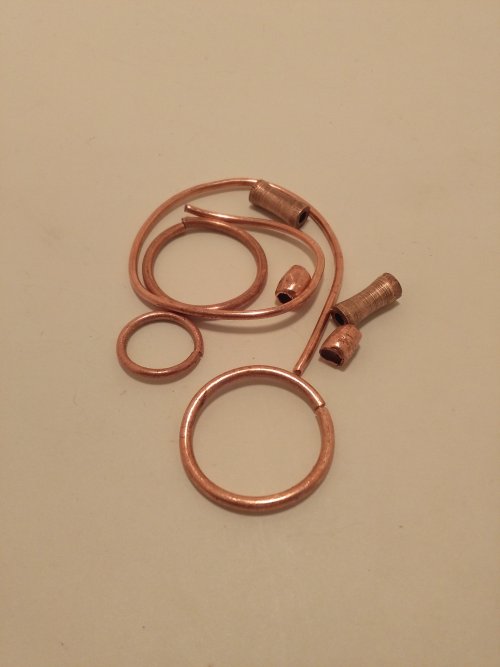 Condiment Copper Cleaning
Condiment Copper Cleaning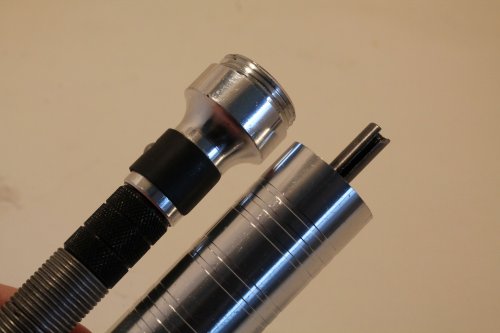 Flex Shaft Care
Flex Shaft Care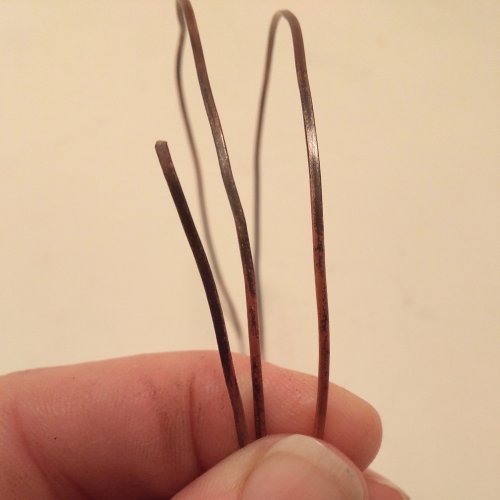 Making Ribbon Wire
Making Ribbon Wire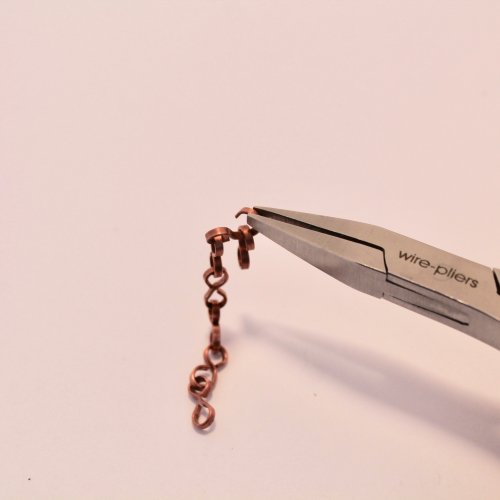 Quick Ribbon Wire Figure-8 Links
Quick Ribbon Wire Figure-8 Links Cleaning Corrosion from Your Tools
Cleaning Corrosion from Your Tools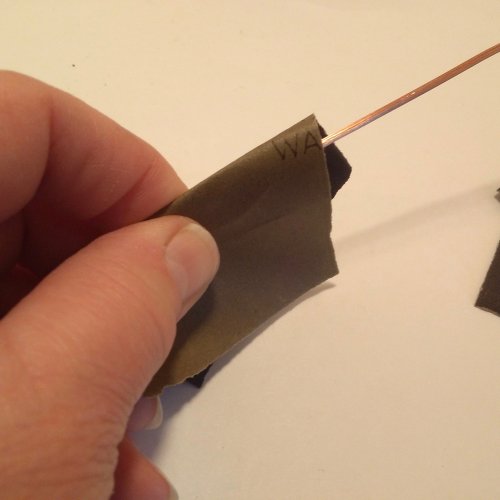 Should I Clean My Copper
Should I Clean My Copper Mandrels on Hand
Mandrels on Hand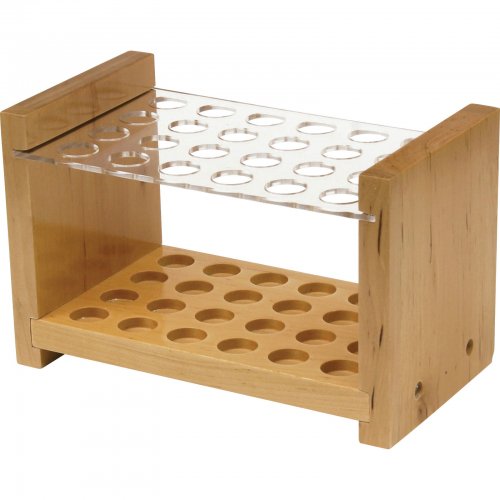 Creative Tool Storage
Creative Tool Storage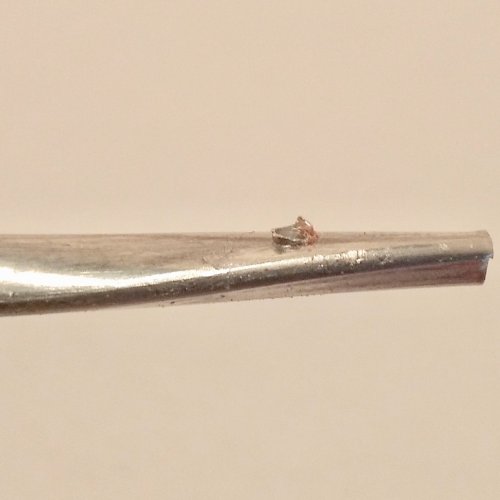 Dealing with Metal Burrs
Dealing with Metal Burrs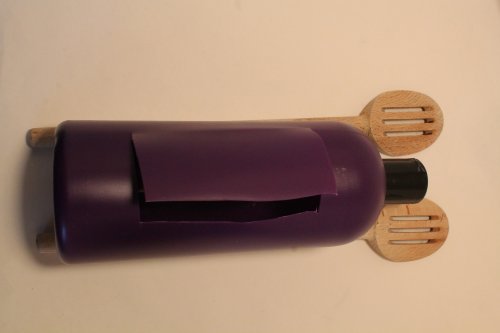 Make Yourself a Quick Etching Container
Make Yourself a Quick Etching Container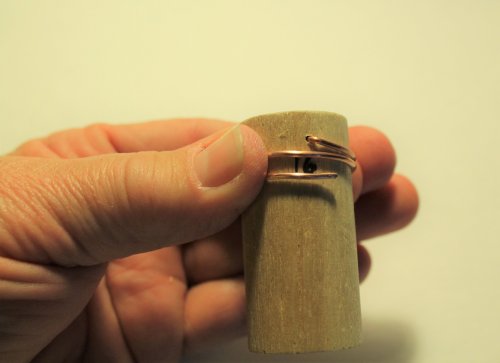 Simple Mandrels for Making Jump Rings
Simple Mandrels for Making Jump Rings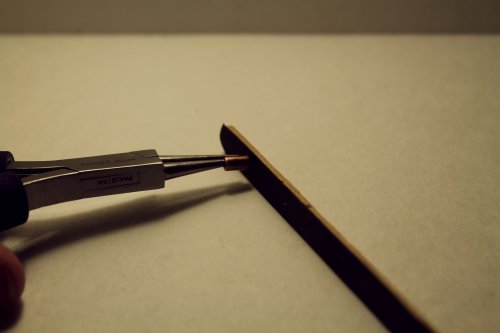 Quick Spacer Beads
Quick Spacer Beads Embellishing Twisted Wire Hoop Earrings
Embellishing Twisted Wire Hoop Earrings Circle Earrings Take 2
Circle Earrings Take 2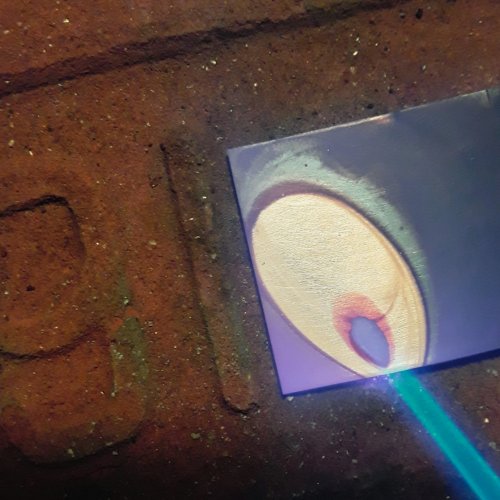 Annealing 101
Annealing 101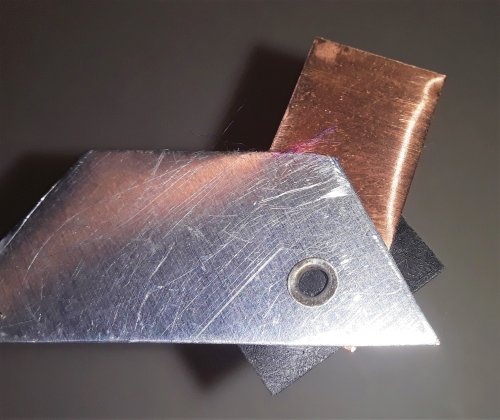 Flaring an Eyelet Using a Dap
Flaring an Eyelet Using a Dap 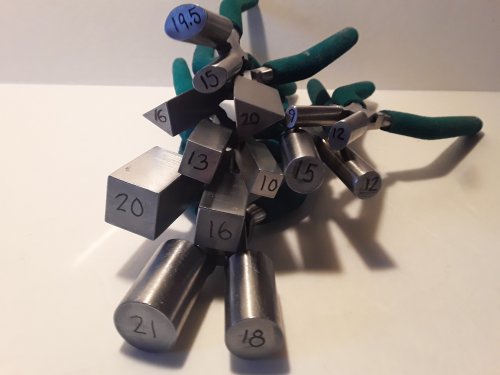 Wubber Pliers Identification Tip
Wubber Pliers Identification Tip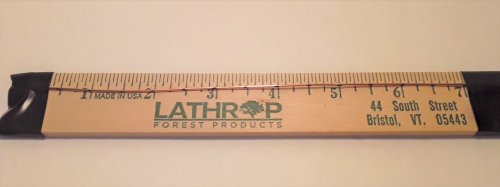 Think Ahead Wire Measuring
Think Ahead Wire Measuring Make a Filing Fixture
Make a Filing Fixture
